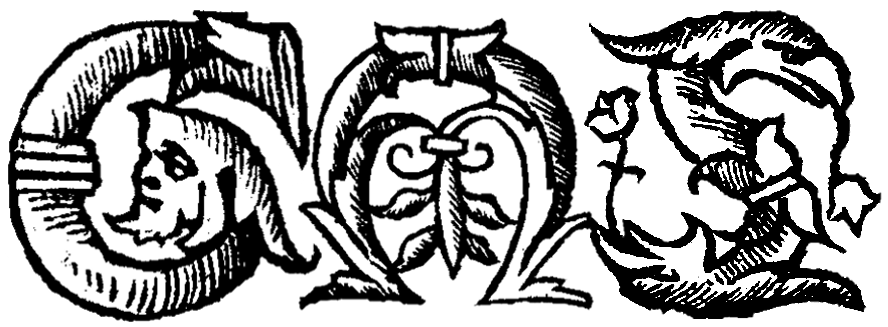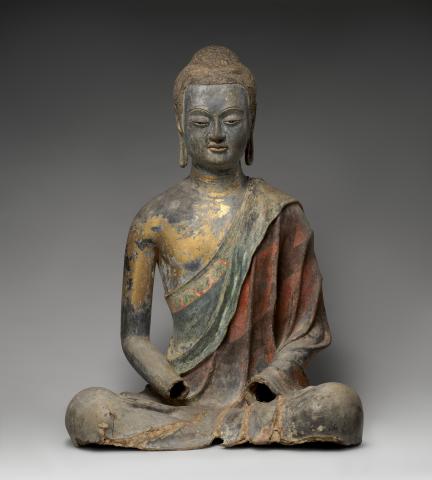Memorial on the Bones of the Buddha | 論佛骨表
Introduction to the Text
Han Yu 韓愈 (768-824 CE), also known as Tuizhi 退之, was a scholar, official, poet, and a highly influential literary figure during the Tang dynasty (619-907 CE) of China. He played an important role in the development of Confucian thought, especially the Confucian revival movement. This school of thought, often referred to as ‘Neo-Confucianism’ or Daoxue 道學 (‘Learning of the Way’), became very influential in the centuries following Han Yu’s death, its impact extending far beyond philosophical abstraction to shape literary and historical works, economic and social policy, and law during the Song dynasty (960-1279 CE). Han Yu's major contribution to this movement lay in providing Confucian thought with practical responses to the cultural and philosophical impacts of Buddhism and Daoism, and in popularizing a literary language, guwen 古文 (‘the language of antiquity’), which claimed a basis in the Confucian canon of the Zhou dynasty (c.1046-256 BCE) and therefore eschewed the influence of Buddhist writings. In his most famous work, Essentials of the Moral Way, Han Yu proposed a political, social and economic program intended to place the Confucian classics at the center of life, with society arranged around a strong and virtuous imperial center.
The Memorial on the Bones of the Buddha is a memorial, that is, a report to the emperor. It was submitted by Han Yu to Emperor Xianzong 憲宗 (r. 806-820 CE) in 819 CE in response to Xianzong's proposal to parade Buddhist relics usually kept at the Famen Temple—more specifically, a bone from the Buddha’s finger—around his territory. The tone of Han Yu’s appeal is elegant but vehement, and has been celebrated as an example of prose style. His memorial contrasts the ‘Chinese’ teachings of the ancients, which he claims are proven to provide longevity, against the ‘foreign’ doctrines of a ‘foreign’ figure (the Buddha). He argues that the Buddha’s relics can only bring impurity and instability and claims that his teachings have led to turbulent and deficient imperial governance.
One interesting aspect for modern readers is how Han Yu treats Buddhism as an instrument of rulership rather than as a faith or belief system, and seeks to demonstrate that its teachings cannot rival the ancient ways. His characterization of the Buddha as a foreigner is based on customs—clothing, food and language. The portrayal of Buddhism as a corrupting influence from the outside was quite extreme and does not seem to have been typical of the period, but it should be noted that the relic was not paraded again for more than fifty years—until 873 CE.
The tone of Han Yu’s memorial was not welcomed by the emperor. While serving as Vice-President of the Board of Justice, Han Yu had previously published stark criticism of Daoism and Buddhism in his essay Yuandao 原道 ('An Examination of the Way'), with only limited impact. This time, however, his criticism of the imperial center through the condemnation of previous Buddhist dynasties infuriated the emperor. Han Yu only narrowly escaped with his life and was exiled to the southern province of Chaozhou, although on the death of Xianzong a year later he was able to return to the capital and subsequently occupied several senior roles in the civil service.
About this Edition
This text has been translated from the Shangwu yinshuguan edition: Han Yu 韓愈, Han changli ji 韓昌黎集 (Collected Works of Han Changli), vol. 2. Shangwu yinshuguan, 1930, 39:7:34-37. A slightly different version of the original text is available online here.
Further Reading
Chan, Wing-Tsit. A Source Book in Chinese Philosophy. Princeton UP, 1963, pp. 450-51.
- An introduction to Han Yu.
Dalby, Michael T. “Court Politics in Late T’ang Times.” The Cambridge History of China, Volume 3: Sui and T’ang China, 589-906, Part 1, edited by Denis Twitchett, Cambridge UP, 1979, pp. 561-681, at 666-68.
- Discusses the extent to which Han Yu influenced Emperor Wuzong’s suppression of Buddhism in the 840s.
Somers, Robert M. “The End of the T’ang.” The Cambridge History of China, Volume 3: Sui and T’ang China, 589-906, Part 1, edited by Denis Twitchett, Cambridge UP, 1979, pp. 682-789, at 714.
- Describes the parade of the Buddha’s finger bone in 873 CE.
Strong, John S. Relics of the Buddha. Princeton UP, 2004, p. 186, and p. 186, n. 22.
- A discussion of the relic of the Buddha’s finger, and of relic worship in the Tang dynasty.
Weinstein, Stanley. Buddhism Under the T’ang. Cambridge UP, 1987, pp. 102-3.
- Discusses the controversy over Han Yu’s critical memorial.
Han Yu 韓愈, Han changli ji 韓昌黎集 (Collected Works of Han Changli), vol. 2. Shangwu yinshuguan, 1930, 39:7:34-37.
- An edition of the text.
Credits
From the edition in Han Yu 韓愈, Han changli ji 韓昌黎集 (Collected Works of Han Changli), 2 vols, (Beijing: Shangwu yinshuguan, c. 1930), vol. II, 39:7:34-37.Translation by Geoff HumbleEncoded in TEI P5 XML by Danny SmithSuggested citation: Han Yu 韓愈. "Memorial on the Bones of the Buddha." Trans. Geoff Humble. Global Medieval Sourcebook. http://sourcebook.stanford.edu/text/memorial-bones-buddha. Retrieved on April 19, 2024.

